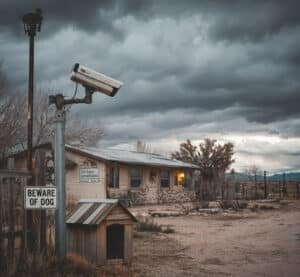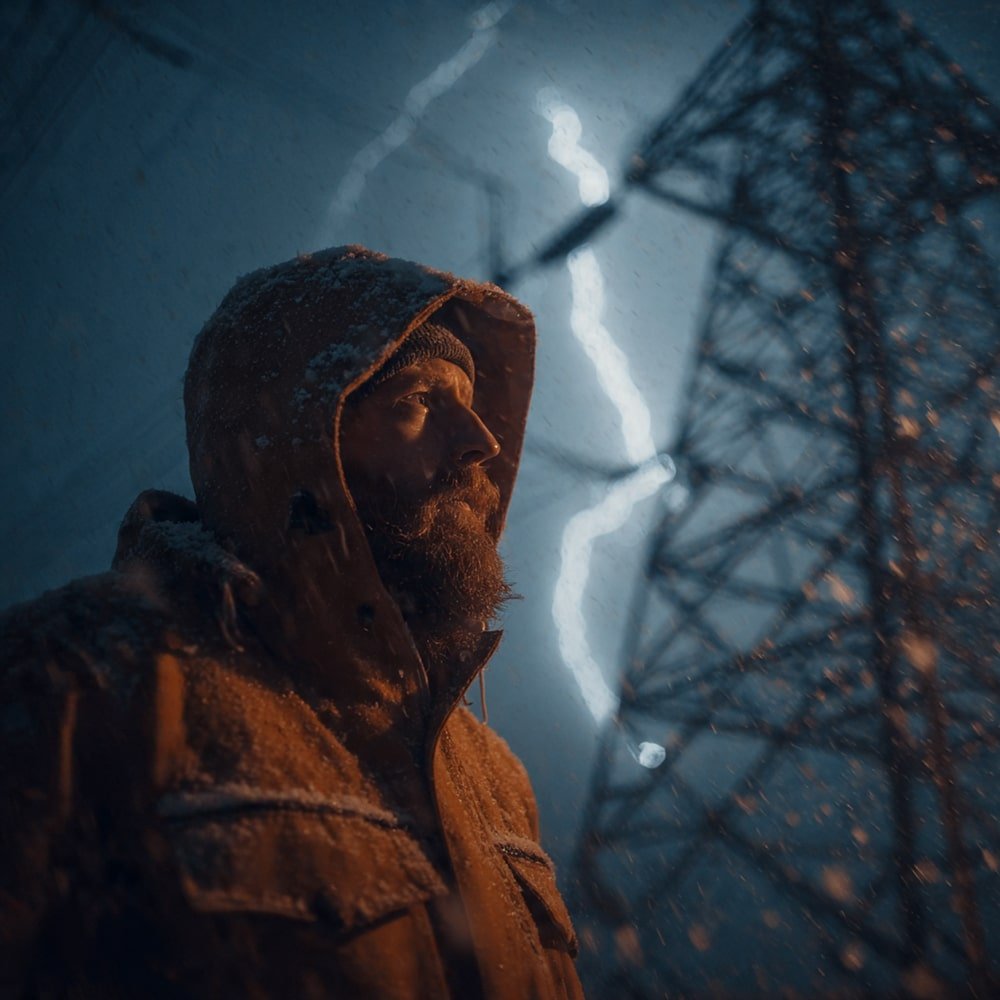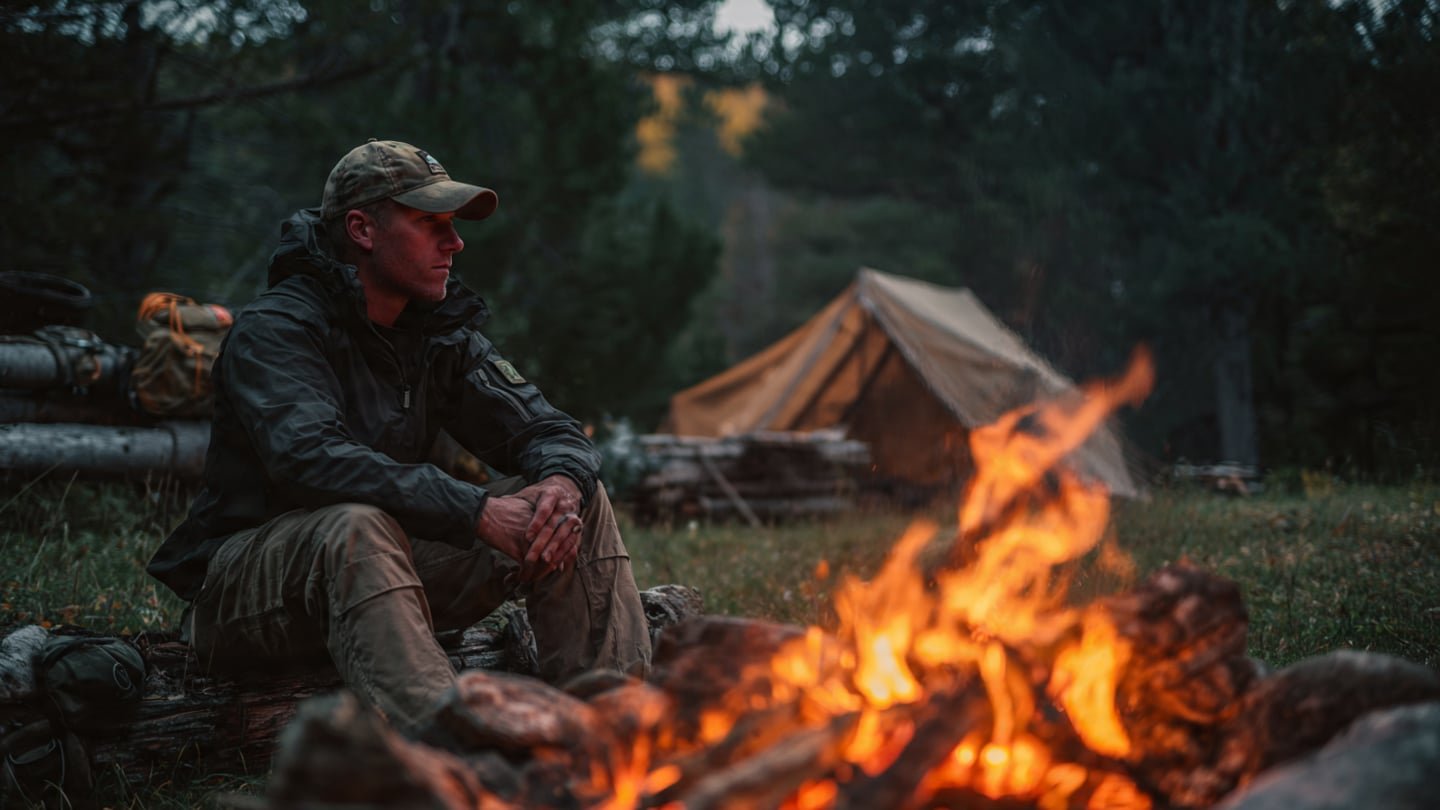Are you itching to hit the trails like you did before the world went crazy because of this pandemic? Or are you looking for something new to do to help keep your mind off all the stressful things happening around you? You are in luck. November 17 is National Take A Hike Day and that should be a good enough reason to pack your gear, put on your hiking shoes, and hit the nearest trail. Of course, you have to do more than those to be fully prepared for some outdoor adventure especially if you are planning on a solo hiking trip. We have listed down some basic gear and solo hiking safety tips that you should keep in mind before heading out for a much-needed break.
[lookbook id=”69786″]
Plan Your Hiking Trip Thoroughly
You only have a couple of days before National Take A Hike Day but that doesn’t mean you should just up and leave. You still need to make preparations. Take the time to plan everything so your hiking trip will proceed without a hitch.
First, check the weather. If the forecast says there are rainy or even stormy days ahead then you should postpone your trip for later. Also, check for the possibility of an avalanche if you want to hike a trail along a snow-covered mountain. Remember, you can always go on a hike even if it’s not National Take A Hike Day.

If the weather seems good then start searching for the right trail. Ideally, you want one that’s nearby. The closer the trail is, the less area to cover to get there. That means lesser chances of being exposed to the coronavirus. If the trail is quite far, familiarize yourself with the available routes. Look for fuel stations and other places you can make an emergency stop at. However, be wary of these public places. You still need to be careful about getting exposed to the coronavirus.
You also need to consider the trail conditions. Do you think you can handle a rough trail after months of being cooped up in your home? Even if you’ve been keeping yourself physically fit at home, being out in the mountains is on a completely different level. Check the trail websites so you can see if it’s something that is within your capabilities. Read up on the rules and other important details of each trail, too.
Tell Someone
One of the most basic solo hiking safety tips is to inform someone of your plans. The best scenario here is to go hiking with at least one other person. However, some people prefer to take a hike alone. If you are one of them, you should at least tell someone you can trust that you’ll be on a solo hiking trip.

Give that person the important details of your trip such as the trail you will be taking, when you are going, and when you are expected back. If possible, send them updates on your current whereabouts. Posting on social media is a good idea if that is possible, too.
If you are not home or they don’t hear from you at the time you should be back, they should know to check up on you. If they can’t contact you then they should check with the park rangers or inform the authorities.
Pack Your Gear
Packing essential gear is another one of the many hiking safety tips that really need no explanation. However, there are still some who think they’re just going for a walk through a trail and that they don’t need to bring anything. That could spell doom. Even if you are camping and decide to explore your surroundings, you should always have some gear on you.

Having essential outdoor gear gets even more important if you are hiking solo. If you have hiking buddies, you can depend on them if something goes awry. If you are alone, you need as much survival gear and hiking essentials as you can carry to make sure you get home in one piece.
Hiking Backpack
Invest in the right backpack for your hiking needs. The right hiking backpack for day hikes should be lightweight but has ample space for all your hiking essentials. It should also be waterproof and comfortable to carry.
The Teton Sports Oasis 1100 Hydration Pack weighs around two pounds and has an 18-liter capacity. It comes with smaller front pouches, one of which is held by compression straps. There are a couple of mesh pockets, a key latch, and a cord up front. At the bottom of the bag is a hidden pocket hiding a rain cover. Perhaps the most exciting feature of the Teton Sports Oasis is the free 2-Liter hydration bladder.
Food and Water
If you are having difficulty figuring out how much food and water to bring on a hike, you can base it on how long your hike is. You’ll need at least two cups of water for every hour of hiking. Bring a little extra for emergencies along with a personal water filter and water purification tablets.
The Sagan Life Journey Water Purification Bottle allows you to keep hydrating even after you run out of drinking water. All you need is to find a water source, fill your Journey Water Purification Bottle with the dirty water, and let it do its thing. Basically, it will get rid of up to 99.9999% of bacteria and viruses along with other toxins.
Before starting your hike, drink about 4 cups of water. You’ll be pre-hydrated so you won’t need to drink that much at the start. That means you can carry less water.
For food, you can bring healthy snacks on a day hike. Sandwiches, trail mix, and energy bars are a few of the choices. Prepare all your snack and drinks the night before so you can just grab and go. If you’re camping, too, you’ll need more than just snacks.
Navigation Tools
It’s not enough to research the trail or to save it on your phone. You shouldn’t depend on your memory. Even experienced backpackers can get lost. Saving the map on your phone is a good idea but is also not enough. There’s always the possibility you might lose your phone or the battery will run out of juice.
Aside from trying to memorize the trail map and saving a copy on your phone, you should bring an actual map. Make sure you get a copy of the park’s guidebook along with other important reading materials. Pack them in a waterproof bag and make sure you don’t lose them.
Bring a Global Positioning System (GPS) tracker aside from the trail map. Don’t forget your compass, as well. This basic survival tool will come in handy if you manage to lose all your other navigation tools. Make sure you know how to use a compass. Additionally, you should know how to navigate without using such tools.
Like some survival tools, the Motorola PB320 PEBL Clip-On Survival Light has a built-in compass. This is great since that’s one less thing to carry. The must-have gear is IP4 water-resistant so you can still navigate even if the weather is uncooperative.
Communication Tools
Some people prefer not to take any form of technology when they take a hike. For them, it’s an opportunity to detoxify from all these screens and devices. However, bringing your smartphone, at least, should be beneficial.
First of all, you may need to contact someone while on a hike. Of course, this is possible if you can get a signal. A phone can be useful for other things. As mentioned, you can save a copy of the trail map on your phone. You can also download a GPS app on your smartphone. Even if you have a GPS tracker, it would be wise to have one on your phone, too.
Light Sources
Whether you are just hiking for the day or backpacking for a few days, you must always bring a light source. Aside from lighting up the way, you can also use it to get the attention of rescuers in case you get lost.
Number one on your list is a headlamp. A headlamp allows you to see where you are going while allowing your hands to be free. The BioLite HeadLamp 330 No-Bounce Rechargeable Head Light provides a maximum of 330 lumens of light along with a red night vision mode. It doesn’t require batteries. You just need to charge it using a powerbank, solar panel, or other micro-USB sources.
The 3D SlimFit Construction gives you a snug and comfortable fit. The headlamp measures only 9 mm and weighs a mere 69 grams so you will barely feel it’s there. The moisture-wicking head strap adds to your comfort since you don’t have to worry about wearing a sweaty band.
https://www.youtube.com/watch?v=QQb6_4ocPrs&t=74s&ab_channel=FLASHUNLOKR
If you are planning on spending the night under the stars, pack an LED flashlight and a camping lantern. The Motorola MSL160TP 180-Lumen LED Flashlight + Lantern Combo with Power Bank and Insect Repelling LUMO Lantern is another hiking must-have that does double duty. It’s a 180-lumen LED flashlight, which turns into a 160-lumen camping lantern. The weather-resistant light source also comes with a powerbank, Bluetooth speaker for music, an emergency alarm, and a mosquito repellent system.
[lookbook id=”69790″]
Signaling Tools
Flashlights and other light sources, as mentioned, are good signaling devices, especially in the dark. Fire can also be easily seen at night so it’s a good idea to bring a lighter or fire starter during your hike. They’re pretty small and light so they shouldn’t be a burden.
Speaking of small and light, emergency whistles and signal mirrors are also must-haves when you go hiking or camping. The Micro Scream Whistle by Frog & CO produces 100 decibels of piercing sound, which can be heard from a mile away. A signal mirror is, of course, for reflecting light that a rescuer can spot from far away.
In lieu of a mirror, you can use the Frog & Co’s Emergency Survival Blanket to reflect light. The lightweight space blanket is a must-have for any emergency kit and should be in your hiking pack, as well. Not only can you use its reflective surface to signal rescuers, but you can also use it to stay warm. Its HeatEcho technology helps retain u8p to 90% of your body heat so you won’t freeze to death in case you have to spend the night outdoors. The emergency blanket is also waterproof and will make for a great cover against the rain.
Multi-Tools
Always have a pocket knife and multi-tool on you. These portable survival tools will help you accomplish various tasks detrimental to your survival. A pocket knife, in particular, will come in handy if you encounter some kind of threat.
The StatGear Surviv-All Survival Knife is a full tang knife with a 4.25-inch high carbon 440 stainless steel drop point blade. The handle is made of rubber with a steel pommel. It’s also considered a multi-tool since the heavy-duty sheath comes with a fire starter rod, built-in cord cutter, paracord handle strap, and a knife sharpener.
First Aid Kit
Bring a small first aid kit in case you get in some sort of accident. The Small Molle First Aid Kits from Practical Preppers come with trauma dressings, gauze, butterfly bandages, Band-aids, triangle bandages with safety pins, and a Quik Clot sponge. You also get alcohol pads, cloth tape non-latex gloves, and EMT scissors. The kit also includes antibiotic ointment, bee sting relief, and some medicines.
If you have an existing medical condition, it may not be wise to go hiking alone. But if your doctor allows you, make sure you bring whatever medicines or medical apparatus you need. You’ll also want to have a hand sanitizer to protect you from the coronavirus and other nasty stuff you may touch.
Wear Proper Attire
It goes without saying that you need to be in weather-appropriate clothing when taking a hike. Even if it’s just a day hike, you need to wear or bring warm clothes. Wear moisture-wicking clothes, especially for your base layer. Follow that with a layer of insulation then top with a waterproof and windproof layer.
Since it will be cold, wear gloves and headwear. A pair of sunglasses is necessary to protect your eyes from the UV rays. Since we’re still dealing with the coronavirus pandemic, you should bring a face mask. There may be other hikers on the trail so you should wear your face mask to be on the safe side.
Wear the Right Shoes
Some inexperienced hikers probably think a pair of rubber shoes is enough for a hike. It depends actually. If your idea of hiking is walking along a flat terrain then sneakers may be okay. Besides, there are even hiking sandals and sneakers. However, they’re fine if it’s not winter.
https://www.youtube.com/watch?v=hAX0SOGdSYk&ab_channel=FirearmsofAmerica
Since winter is coming, you need the right pair for your hiking adventure. You need something more appropriate such as the Columbia Men’s Newton Ridge Plus II Hiking Boots. The pair is made of leather, suede, and mesh to go with rubber soles. It is durable and waterproof like all hiking shoes should be. Oh, and don’t forget your hiking socks.
Get Enough Sleep
You’re probably really excited to finally get out there. That’s totally understandable. However, don’t let your excitement ruin your hike and threaten your safety. Get enough sleep the night before so you have the energy and focus to finish your hike in one piece.
Start Early
You need to sleep early so you can wake up early. You don’t want to rush your hike just because you started late. The earlier you go, the more time for you to enjoy the scenery and fresh air.
Stay On the Trail
Don’t get too cocky and stray from the trail. Even if you brought along a map, compass, and GPS, you should still stay the course.
Stay Away from Animals
Find out what wild animals are common in the park where you’re going to take a hike. The more you know about such animals, the better prepared you’ll be in case you encounter them. And if you do encounter a wild animal on the trail, don’t try to approach it.
This is one hiking safety tip a certain Kyle Burgess learned the hard way. While Burgess was trail running in Utah, he saw a group of animals he thought were bobcats. Instead of heading back, he took out his phone to take photos. That’s when he realized that the bobcats were actually cougars. Even worse, it was a mama cougar with her babies. As you can see in the video below, animals can go wild on you if they feel threatened.
The hiking gear listed here is mostly intended for day hikes. Think of them as your hiking starter kit. If you decide to spend more than just a day in the great outdoors, you’ll need a more comprehensive collection of hiking and camping gear.

When it comes to solo hiking safety tips, these are also just some of the basic ones we can think of right now. If you think we missed an important hiking safety tip, please don’t hesitate to tell us in the comment section. Check out Gentleman Pirate Club for more information on hiking solo or otherwise. We’ve got more tips on how to stay safe and fully enjoy hiking and other outdoor ventures.






















